Gaian-Human (Species)
Table of Contents
Alien species
Class: mammal
Origin: Sol system
Home planet: Gaia, also known as “Earth”.
Native languages: Modern English, Modern Chinese, Modern Spanish, Modern German and Modern Japanese.
..
Species description
..
Subspecies and races
..
Physiology
..
General description
..
Detailed description by body parts
- Hight: –
- Arms: –
- Skin: –
- Ears: –
- Nose: –
- Eyes: –
- Tail: none
..
Languages
- Native Languages: Modern English, Modern Chinese, Modern Spanish, Modern German and Modern Japanese.
- Native Language speakers: Approx. – billion.
- Known dialects: –
- Other acquired languages: – (approx – billion fluent speakers),…
..
Regions of influence
- Home Planet: Gaia “Earth”
- Home Galaxy: Sol System
..
Upon contact with other alien species, the home planet’s name, Earth, has become controversial as most other species do not correlate the term earth to a planet, but to the soil of a planet. Since the year 2995 GCE the Sol government tries to push the name Gaia as the official name of the home planet.
The same problem arises with the term human designating Gaia’s native population, as many other species have settled down in the Sol system. The term Gaian has been officially adopted since the year 2995 GCE, although it isn’t used widespread, with the exception of space travelers, such as space truckers.
Even so, many use the term Gaian-human, or similar, to define themselves.
Regions by population
…
Evolution
..
Genetic compatibility with other species
Gaian-humans are known to be quite broadly compatible with other mammal species. Outside of mammals, there is no known compatibility with them.
..
List of known compatible species
Name etymology
Political system
..
Political involvement
..
Local policy
..
Interplanetary policy
..
Emigration
..
Mestizo and species mixing
..
Love this Space Highways Encyclopedia entry and want more?
 For more info, visit patreon.com/spacehighways
For more info, visit patreon.com/spacehighways
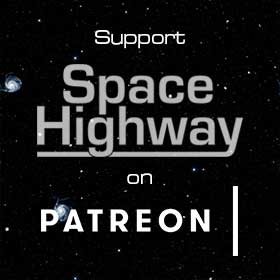



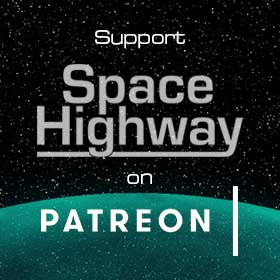



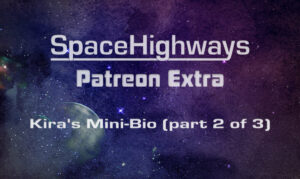
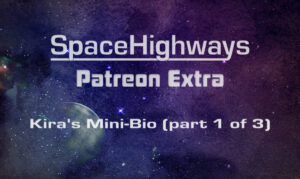

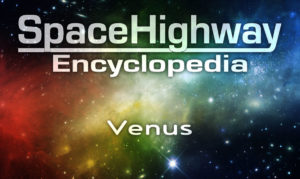
![[/carousel-item] [carousel-item]](https://spacehighways.net/media/2018/09/sh-patreon-support-sky-ad-chapter-200x700-e5.jpg)





